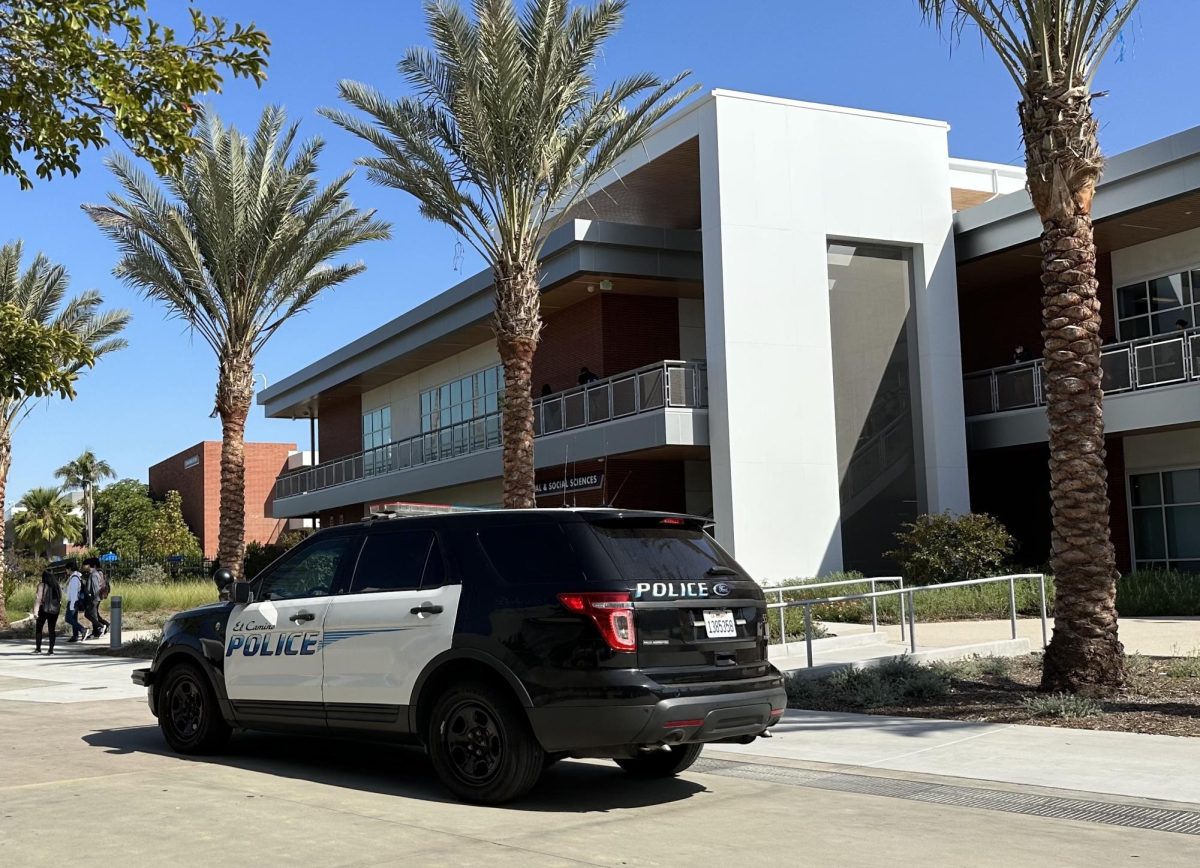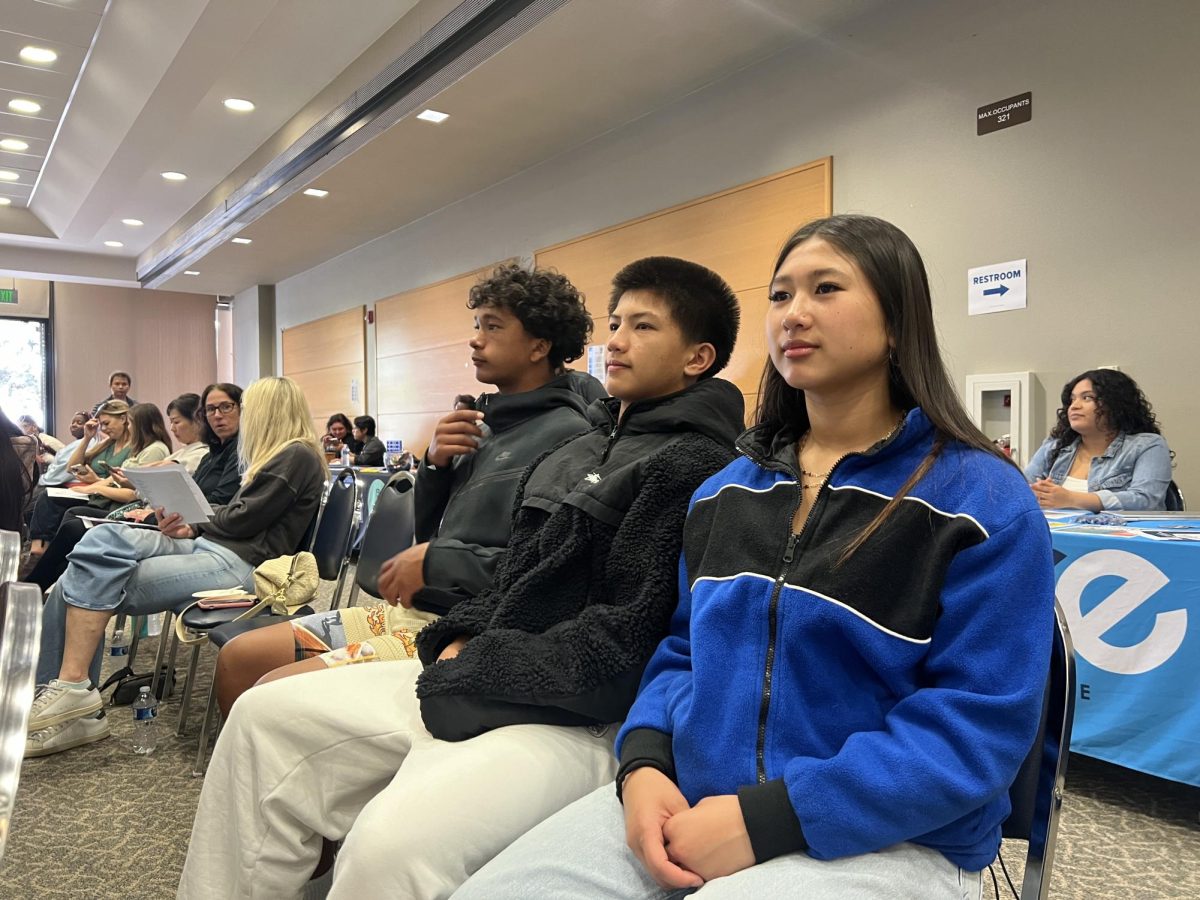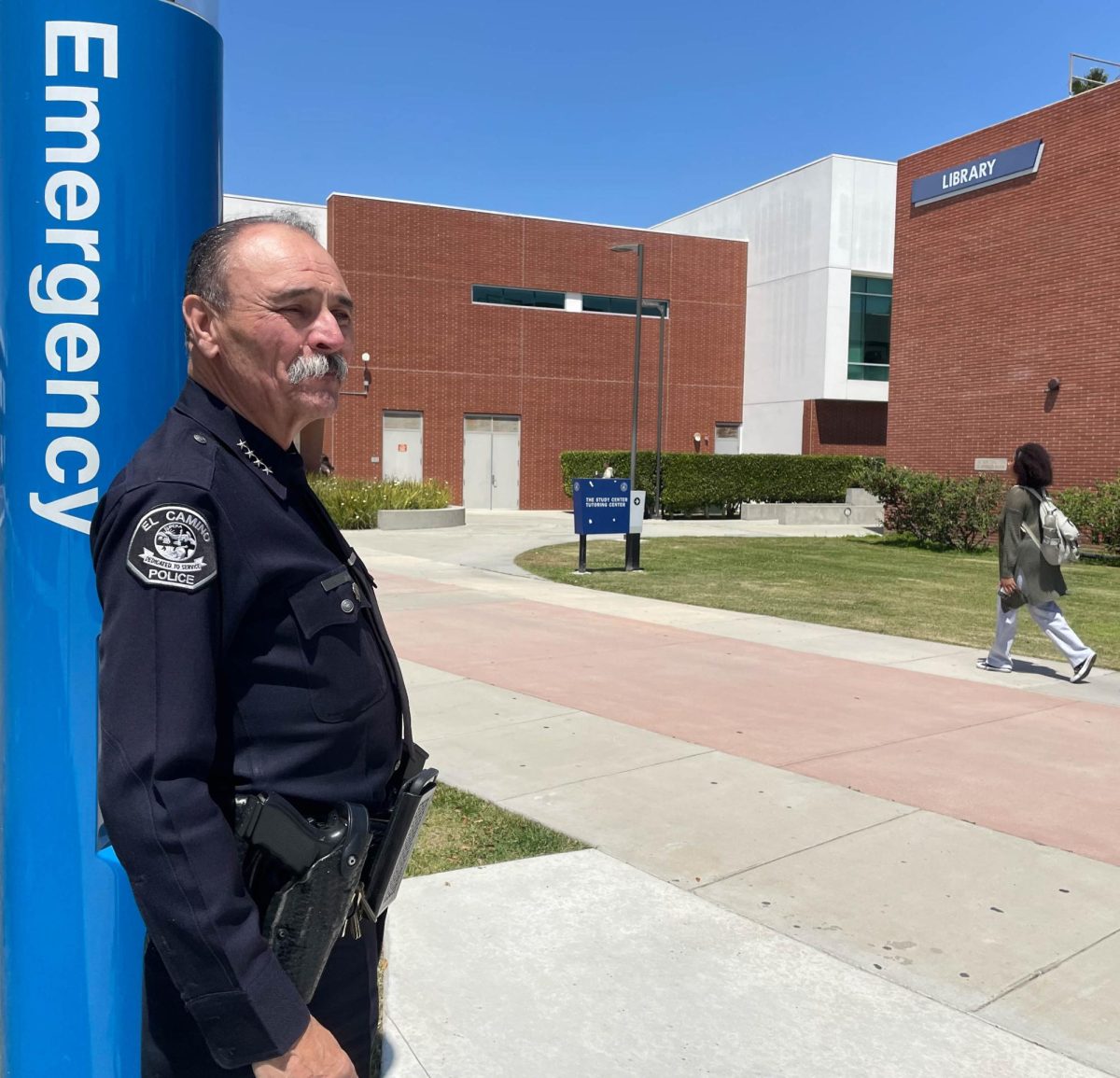After months of lockdowns and online learning due to the COVID-19 pandemic, international students are slowly returning to El Camino College and bringing in substantial revenue.
F-1 visas allow students who live in other countries to study and live in the United States, and El Camino’s International Students Program (ISP) helps these students adjust, study and make connections on campus.
International students at colleges and universities make billions of dollars for the U.S. and California and millions for El Camino. There are some concerns about an increase in competition from other colleges.
A Slow Trend Back to Campus
F-1 visa students started leaving El Camino and other colleges due to the pandemic shutdowns in their home countries and the U.S.
Between the spring 2020 and spring 2022 semesters, the number of these students at El Camino dropped by 42.21%, according to the California Community College Chancellor’s Office Data Mart.
Data Mart is a website that documents information on community colleges in California.
Before the pandemic, El Camino had 532 F-1 visa students during the spring 2019 semester.
During the pandemic between spring 2020 and fall 2021, the number of F-1 visa students dropped by 40.91%.
The trend reversed from spring 2022 to fall 2022, with the number of F-1 visa students rising to 8.61%, according to the Data Mart.
The number of students slightly rose again in spring 2023, with the number of F-1 students increasing to about 6.55%, with about 309 students in the program in spring.
Compared to El Camino, other California community colleges have had a similar rise in students from fall 2022 to spring 2023, with a 6.74% increase in F-1 visa students.
Leonid Rachman, an F-1 visa specialist for the ISP at El Camino, said despite international students returning to campus, the program has been struggling to get students to return due to the high cost of living in the U.S. and international students going to other English speaking countries for education.
“[We] are trying our best [with] very limited resources,” Rachman said.
He said El Camino must make a greater effort to help the program recruit new international students than before the pandemic due to increased competition from other colleges.
International students have also been returning to other community colleges.
Santa Monica College has the largest number of F-1 visa students compared to El Camino, with over 1,602 international students in the spring of 2023.
Like El Camino, Santa Monica began recovering students on campus around spring 2022.
At Cerritos College, the number of F-1 visa students began growing between spring 2022 and fall 2022 from 21 to 36 F-1 visa students, a 71.43% jump, according to Data Mart.
The number of F-1 visa students at Cerritos decreased to 35 during the spring 2023 semester.
Cerritos’s Assistant Director of International Student Services and Cultural Engagement, Gladys Calderon, said the college currently has 76 F-1 visa students.
“We want to be back to at least where we were before the pandemic,” Calderon said. “So we would hope to be reaching 130 [international students] within the next year.”
Calderon said she heard other colleges are still struggling to recover the same amount of international students they had before the pandemic.
Despite this, colleges like Los Angeles City College were able to recover F-1 visa students rather quickly.
According to Data Mart, from spring 2022 to spring 2023, LA City had a 31.02% rise in F-1 visa students from 245 to 321.
East Los Angeles College had more F-1 visa students than El Camino before the pandemic, with 615 F-1 visa students compared to El Camino’s 532 students. By spring 2023, East LA had 175 F-1 visa students.
College officials from LA City and East LA declined to speak with The Union, while officials from Santa Monica were unavailable to speak.

What Happened During the COVID-19 Pandemic?
Rachman said the international program had been greatly affected by the pandemic.
“Obviously it was so shocking for us [the closure of the program] was so sudden,” he said.
Rachman said the transition to online classes during the pandemic lockdown was fast due to help from the Director of the International Students Program at El Camino, Lindsey Ludwig.
Ludwig said that during the pandemic, embassies and consulates stopped issuing F-1 visas, preventing students from their respective countries from attempting to get visas.
“Half of [the F-1 visa students] went back to their home countries during [the COVID-19 pandemic],” she said.
Ludwig said with embassies and consulates opening back up, international students are coming back to the U.S. to study.
Some international students received help from El Camino during the pandemic.
Hwanjoo Jeong, a 21-year-old business and economics major from South Korea, said she received COVID-19 relief aid from El Camino.
“I got [a] $1,200 [relief aid] because of [the COVID-19 pandemic],” Jeong said.
Rachman said for three semesters during the pandemic, each F-1 visa student received relief aid.
“El Camino went above and beyond for international students,” he said.

The Economics of International Students
International students pay more for tuition and fees per unit compared to regular students, with a $342 per unit cost for the former, while the latter only pays $46 per unit.
According to a report from the NASFA: Association of International Educators sent by Policy and Media Relations Specialist Matt Ruffner, international students contributed over $40 billion to the U.S. economy during the 2022-2023 academic year.
The Union contacted Ruffner, who declined to speak.
International students contributed $11.8 million to El Camino and helped support 52 jobs during the 2022-2023 academic year, according to the Department of Education and the NASFA report.
Compared to El Camino, Santa Monica College makes $48.6 million on international students with 221 jobs supported.
According to the NAFSA report, the money brought into the U.S. economy by international students this academic year is up nearly $6.3 billion compared to the previous academic year.
“This is the second consecutive year of record growth following the negative impacts of the COVID-19 pandemic that began in March 2020,” the report states.
According to data in the report, international students in California contribute $6 billion to the state’s economy and help provide 55,167 jobs.
“The idea for international students always was not to study online but to study in a classroom and have an American experience,” Rachman said.
According to rankings by NAFSA, these are the top 10 education institutions in California that international students contribute to as well as the amount of jobs supported compared to El Camino College.
————————————————————————————-
1. University of Southern California: $818 million supporting 9,323 jobs
2. University of California-Berkeley: $528.6 million supporting 5,295 jobs
3. University of California-San Diego: $489.5 million supporting 5,221 jobs
4. University of California-Irvine: $417.7 million supporting 4,401 jobs
5. University of California-Los Angeles: $409.9 million supporting 4,236 jobs
6. University of California-Davis: $394.7 million supporting 4,244 jobs
7. Stanford University: $271.9 million supporting 3,069 jobs
8. University of California-Santa Barbara: $249.7 million supporting 2,698 jobs
9. San Jose State University: $153 million supporting 695 jobs
10. University of California-Riverside: $117.7 million supporting 1,254 jobs
.
.
.
.
58. El Camino Community College District: $11.8 million supporting 52 jobs









